Lapland is a place of intrigue, it’s full of mystery and looks like something straight out of a fairy tale book. Find out more about this magical place and be prepared for the unexpected.
Play along and see how much you know about Lapland. There’s sure to be some interesting facts to add to your next virtual quiz…
Lapland is its own country
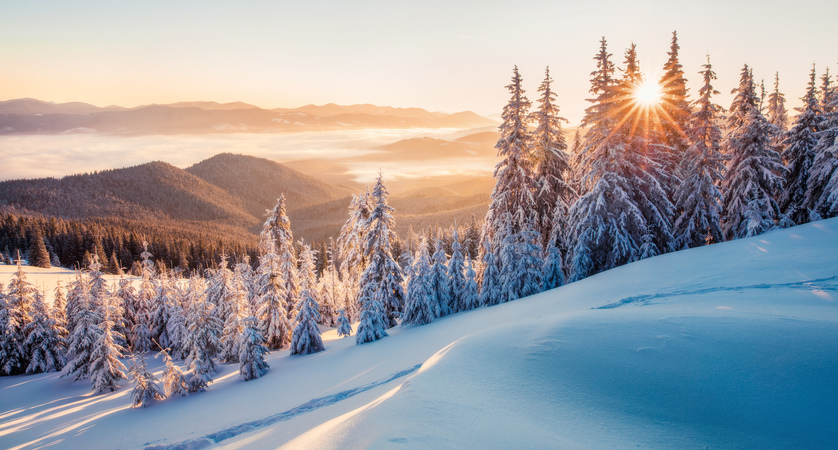
FALSE – Despite the fact that Lapland is vast, it is not actually a country with its own borders. It is a cultural region that encompasses parts of 4 countries! Norway, Sweden, Finland and the north-western corner of Russia. Sometimes known as Sapmi, the area is predominantly inhabited by the nomadic Sami peoples.
Lapland is so far north that sometimes the sun doesn’t rise
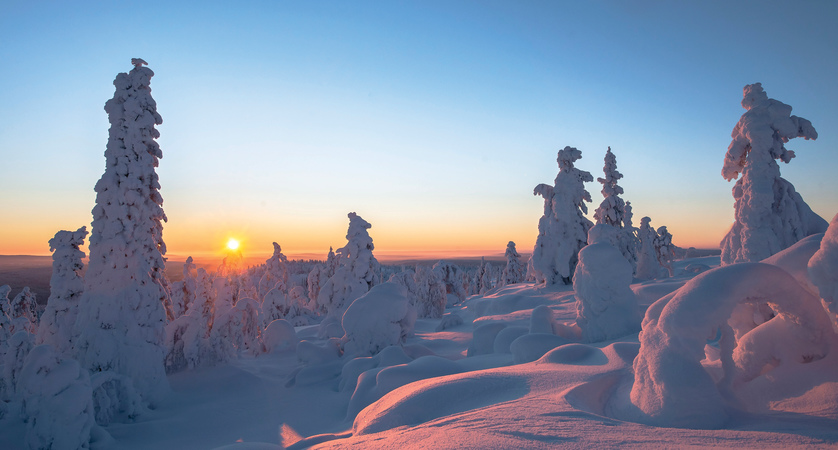
TRUE – In the middle of winter, Lapland has Polar Nights (“kaamos” in Finnish), when the sun doesn’t rise above the horizon at all! The two-month long polar night begins in November, the darkness takes on shades of blue, violet and purple and the horizon simply glows for a few hours at midday. This gives off enough light to go about your usual activities during the day but this only lasts for a few hours. Street lights are often left on during this brief period during the winter. In late January, the sun finally returns for a few minutes above Utsjoki, marking the end of true polar night in Lapland.
Lapland is A flat region
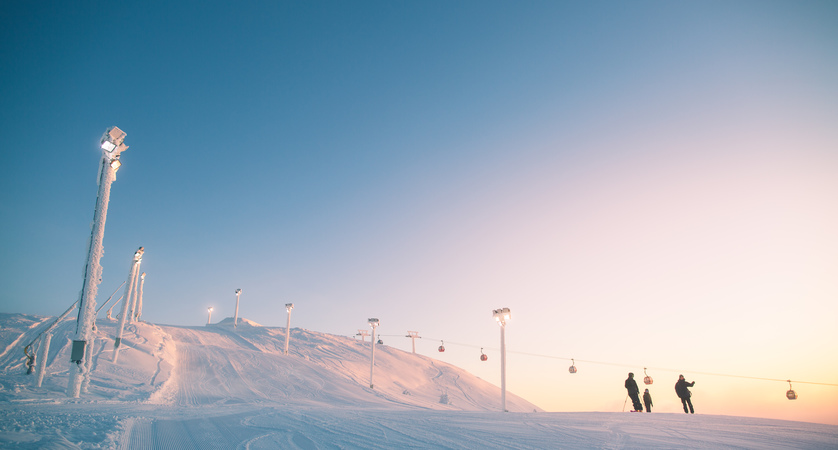
FALSE – Lapland consists of many flat, vast forests and arctic wilderness. However the landscape is varied and is also made up of large hills, also known as fells which can sometimes reach many feet above the sea level (up to 718m in Ylläs). These fells make up the striking rugged coastline around northern Norway and the picturesque fjords. They are tall and steep enough to provide some excellent skiing terrain that caters for all skiers and snowboarders.
It snows every day in Lapland
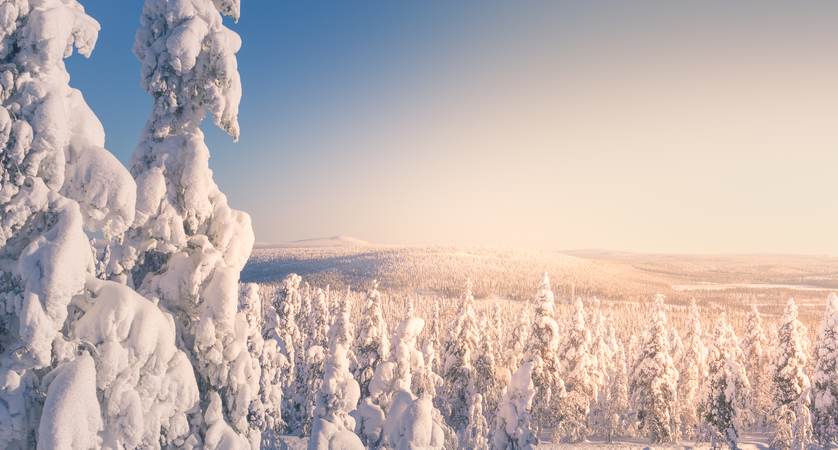
FALSE – Not quite every day, but not too far off! The amount and duration of snowfall varies by location, but the average number of days with snow is around 175 – 225 days per year between mid-October and mid-May. The long-lasting snow cover makes Lapland an ideal place for leisure activities like huski-sledding, skiing, snowmobiling, etc.
Husky puppies are born with blue eyes
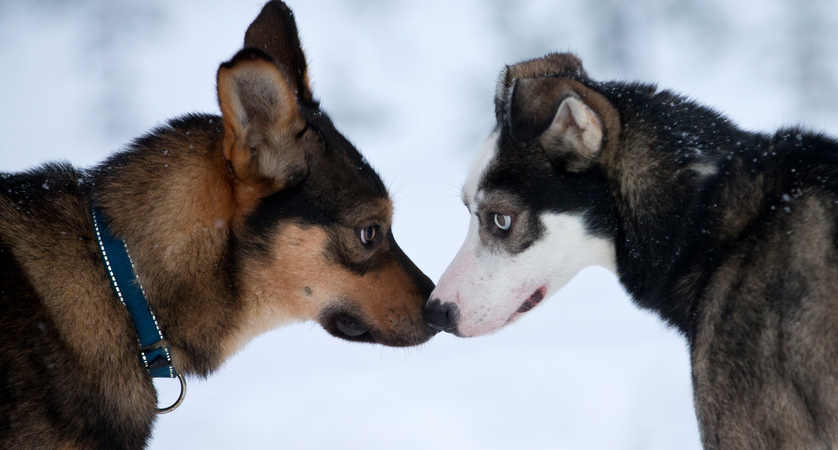
TRUE – Baby husky pups are born with ice blue eyes. Usually they turn brown within the first few weeks of their lives, but it’s not uncommon to see a husky with one blue eye and one brown eye. Around 2 out of 5 huskies end up with blue eyes, another 2 out of 5 with a shade of brown. Of the remaining 20% you will find around 15% bi-colored and 5% parti-colored.
Prisoners have the right to use a sauna once a week
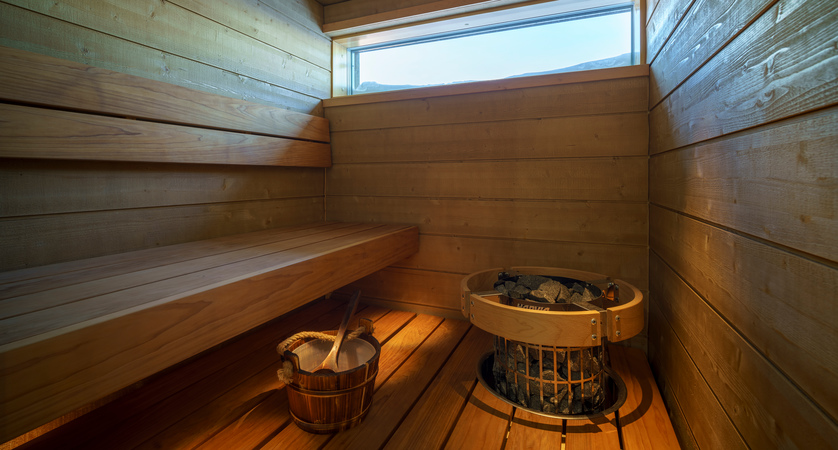
TRUE – Using a sauna is a national pastime for those in Norway, Finland and Sweden. In fact, there are so many saunas in Finland there is roughly 1 for every 2.5 people! So this is actually true, it is a prisoner’s right to have access to a sauna at least once a week.
The Northern Lights can only be seen from the north

FALSE – Northern Lights can be seen in the northern and southern hemisphere. The lights are known as ‘Aurora borealis’ in the north and ‘Aurora australis’ in the south. Scientists have learned that in most instances northern and southern auroras are mirror-like images that occur at the same time, with similar shapes and colors. However Southern auroras are not often seen as they are concentrated in a ring around Antarctica and the southern Indian Ocean.
You can predict when you’re going to see the Northern Lights
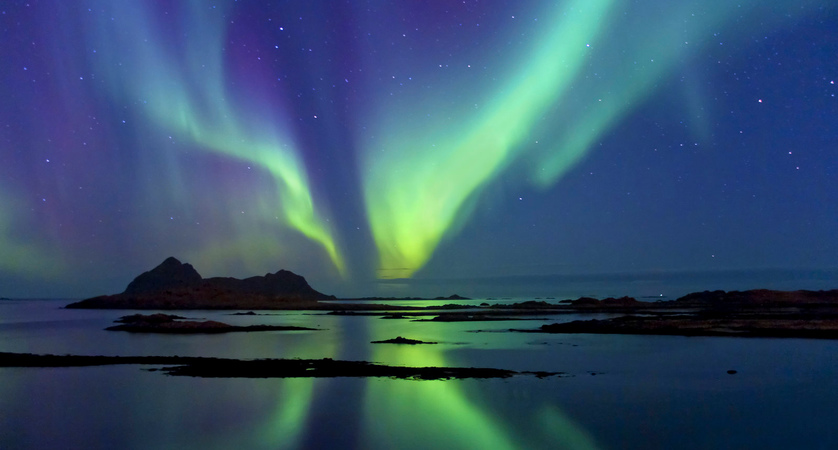
FALSE – Sadly, you cannot predict when the Northern Lights are going to make a special appearance. But visiting in the winter months between January-March gives you a much better chance of seeing the lights. Many hotels offer a ‘wake up call’ when the lights appear overhead so that you don’t miss them at night!
The Northern Lights are always green
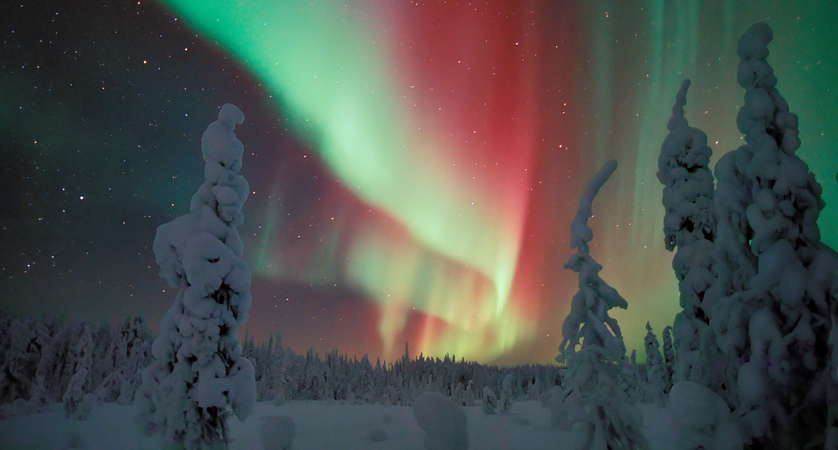
FALSE – It can be difficult to see the variation of colours that the Northern Lights display with the naked eye, but if you are a keen photographer then learn how to adjust your manual exposure on your camera and leave it standing still for a moment, and you may capture the vibrant reds, yellows and peacock greens of the lights.
The Sámi are the only indigenous people within the European Union
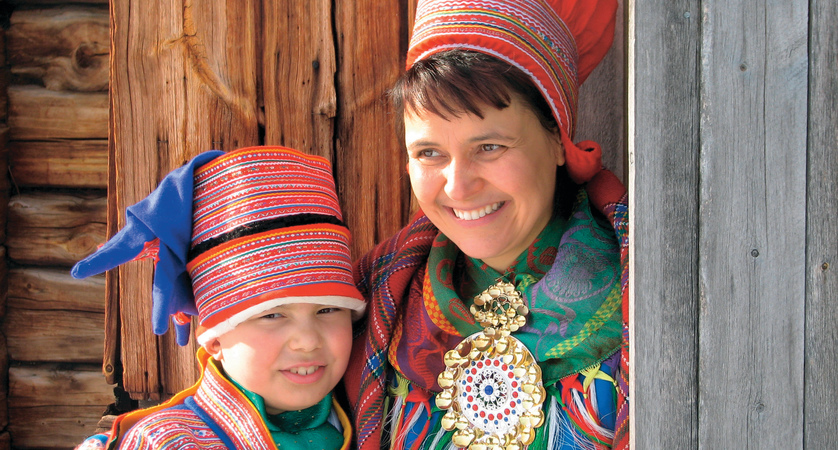
TRUE – The Sámi are the only remaining indigenous people in Europe! They inhabit across four countries, consists of northern parts of Finland, almost half of Sweden and Norway, as well as parts of the Kola Peninsula in Russia. Out of the ten Sámi languages, nine are still spoken.
There are more reindeer than people in Lapland
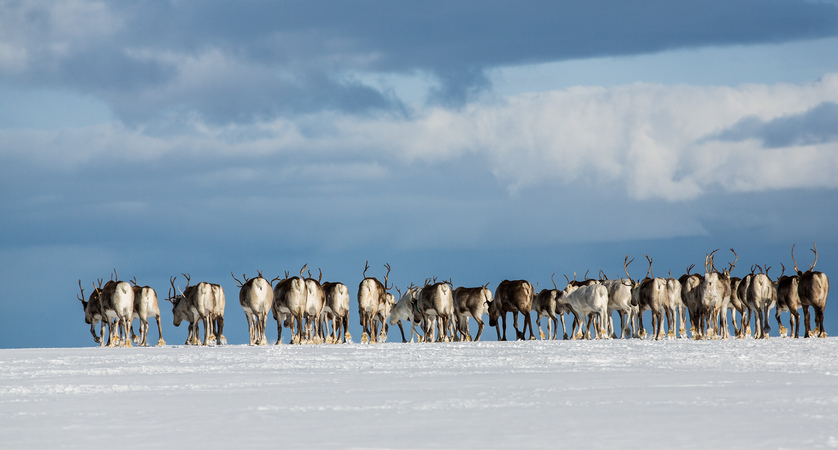
TRUE – There are 200,000 reindeers and 180,000 people! Reindeers are an integral part of the culture in Lapland. For the indigenous Sámi people of this region, these animals have been the crux of their existence for centuries, providing transportation as well as warmth and nourishment in the challenging Arctic climate. Reindeer is the local delicacy you have to try in Lapland. The Sámi signature dish of lightly-smoked reindeer meat is called Souvas and is traditionally prepared over the fire.
Santa’s reindeer Are all females
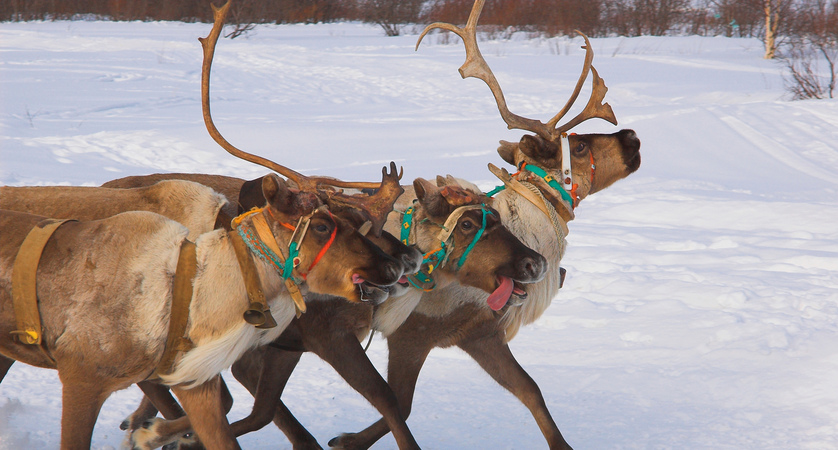
TRUE – Reindeer are particularly unique in the respect that both male and females grow a majestic set of antlers. However only female reindeer keep their antlers in the winter, while males shed their antlers during this period. This means santa’s reindeer were all females! Antlers are especially important for females because it allows them to compete for food during the winter months when they are pregnant. If you are visiting Lapland in the winter and spot an antler-less reindeer, he is most likely to be a male. But don’t worry, their antlers grow back pretty quickly!
Santa Claus lives in Lapland
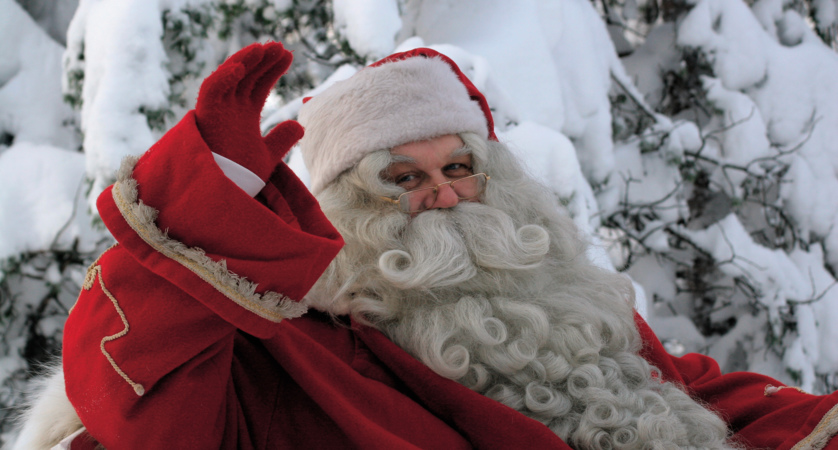
TRUE – And we’ve met him ourselves!